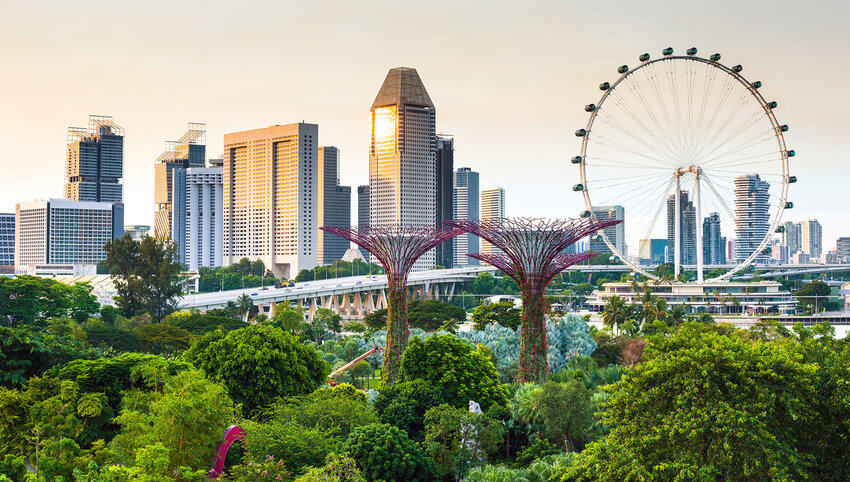Being surrounded by nature is good for our mental health and wellbeing, but living in a city doesn’t have to mean that you can’t take advantage of green spaces. Some cities have evolved to accommodate planned parks and gardens or employ forward-thinking planners that prioritize greenery over hard landscaping. Let’s take a look at the world’s cities with the most green space.
Stockholm, Sweden
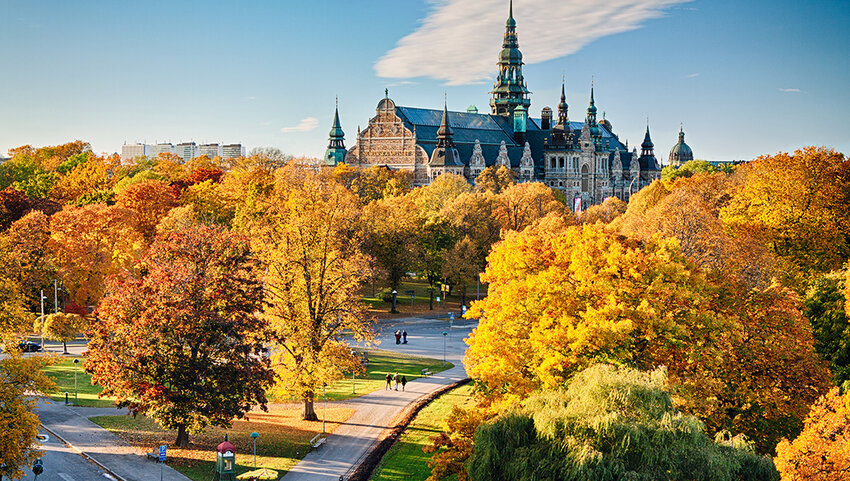
Officially, Stockholm polls top of the EU’s capital cities with an impressive 19% of its area given over to green space. Despite their northerly latitude, Swedes love to be outdoors, so it’s no surprise to find that there are plenty of parks and gardens within the city. One of the most visited is Royal Djurgården, a verdant space on an island brimming with museums. Humlegården, too, has a royal connection: it can trace its roots back to a 16th-century garden where King Johan III grew fruit, spices, and hops. A couple of centuries later another monarch, Gustav III, established Haga Park on the shore of Lake Brunnsviken to the north of the city centre.
Stockholm’s also an archipelago, and many of the islands that can be reached by ferry offer opportunities to immerse yourself in nature. One of the easiest journeys is to the leafy Fjäderholmarna (the Feather Islands), a short hop from the city’s old town.
Vienna, Austria
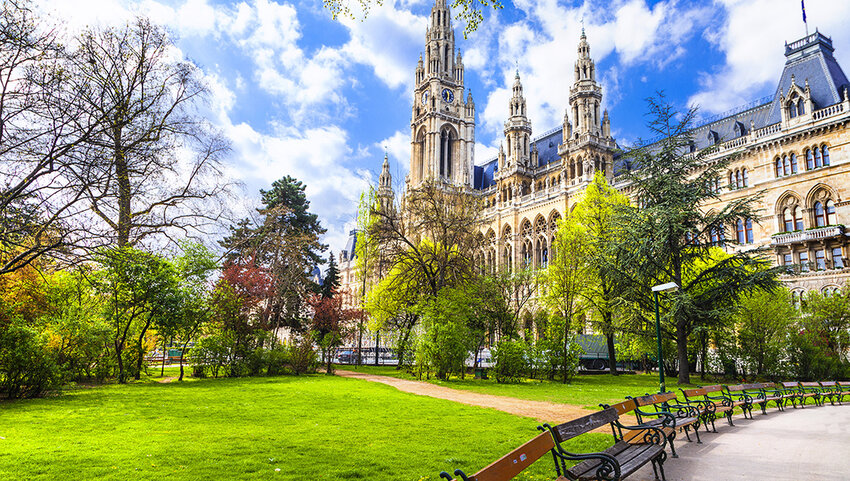
If you are happy to include greater metropolitan areas in your calculations, Vienna makes an even stronger claim to be Europe’s – if not the world’s – greenest capital. Statistics show that around half of the city’s total area can be classed as green space. In fact there are almost a thousand municipal parks scattered throughout its neighborhoods. In the city center, the immaculate Stadtpark centers around a beautiful statue of Johann Strauss, while the formal landscaping that surrounds palaces like Schönbrunn and Belvedere is elegant and well-tended.
On the western flank of the Austrian capital, the Wienerwald (Vienna Woods) functions as the city’s green lung. It was designated a Biosphere Reserve by UNESCO in 2005. To the east, Donau-Auen National Park is a nature reserve strung out along the bank of the River Danube. This riparian habitat spans more than 23,000 acres, making it one of the largest wetlands in central Europe.
Singapore
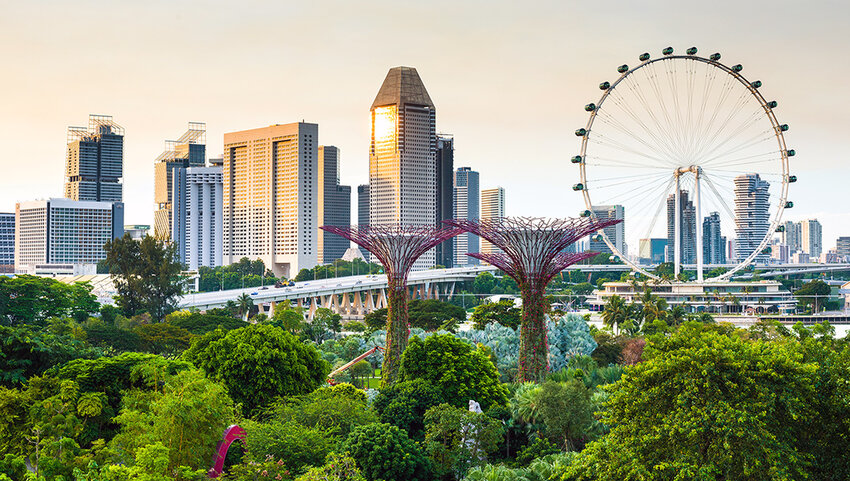
Singapore has incorporated the provision of green spaces into its development strategy. The Asian city’s current Green Plan sets out its aim of restoring nature to the urban environment through goals such as planting a million extra trees by 2030 and ensuring that all households are within a 10-minute walk of a park. In a city as densely populated as Singapore, to achieve such aims demands innovative solutions such as green walls and rooftop gardens. But it’s already a high achiever when it comes to green space. Back in the 1960s, Prime Minister Lee Kuan Yew embarked upon a policy of transforming Singapore into a Garden City. It’s been a great success.
Among the city’s many and varied green spaces are the futuristic Gardens by the Bay; Bukit Timah Nature Reserve, a tranche of primary rainforest just a half-hour ride from the heart of the city; and Sungei Buloh Wetland Reserve, which is home to the largest mangrove forest on mainland Singapore.
Washington DC, U.S.
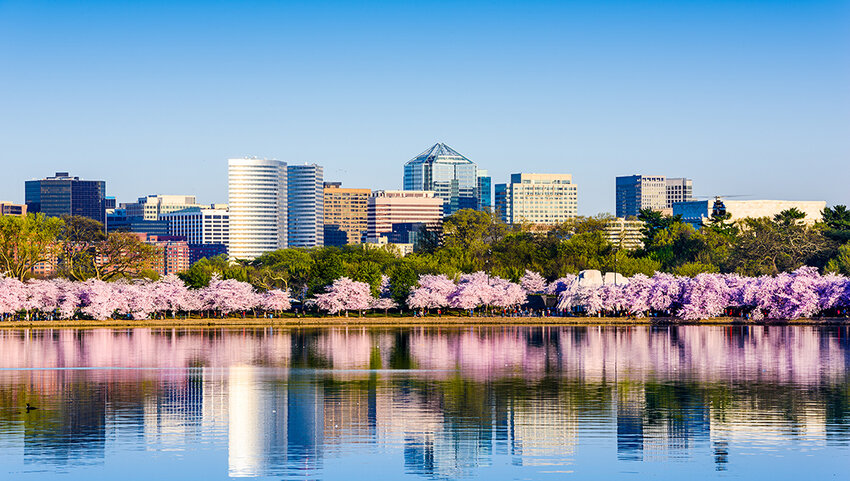
According to the nonprofit Trust for Public Land, Washington DC ranked top of the United States’ 100 largest cities when compared using the 2023 ParkScore® index. Approximately 24% of the city’s area is reserved for public parks, and the score also indicates that the majority of the capital’s residents have good access to green spaces, taking into account physical obstacles such as major urban highways that might skew findings. When Pierre Charles L'Enfant set out his plans for the city at the end of the 18th century, the French-born civil engineer envisioned a “public walk” which we know today as the National Mall. Originally, it looked somewhat different, with cows grazing on an irregularly shaped meadow.
If you’re visiting Washington DC for the first time, you should also check out Rock Creek Park. It’s more than double the size of New York’s Central Park and activities such as hiking, cycling, and horseback riding are a delight along its many marked trails.
Sydney, Australia
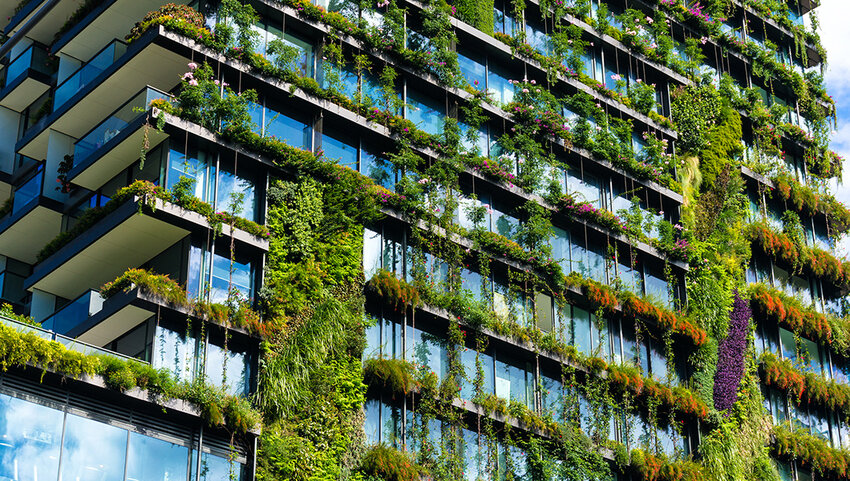
You’ll find an abundance of green space right at the heart of Australia’s largest city. Opened in 1810, the 40-acre Hyde Park is the country’s oldest public park. Under a canopy of fig trees, enjoy a shady stroll to reach The Domain, which creates a green corridor connecting to the Botanic Gardens of Sydney, which date back to 1816. There, the shrieks of sulphur-crested cockatoos drown out the hum of nearby traffic and it’s easy to forget you’re in a major city.
In the past 20 years, 59 acres of new parkland have appeared, and across the city, 800,000 new plants and 15,000 additional trees have been planted. Architects are also making a concerted effort to incorporate vegetation into building design. For example, the One Central Park Building in the suburb of Chippendale boasts a vertical park featuring 250 different native species on its façade. It’s a powerful statement that sends a clear message to future developers.

